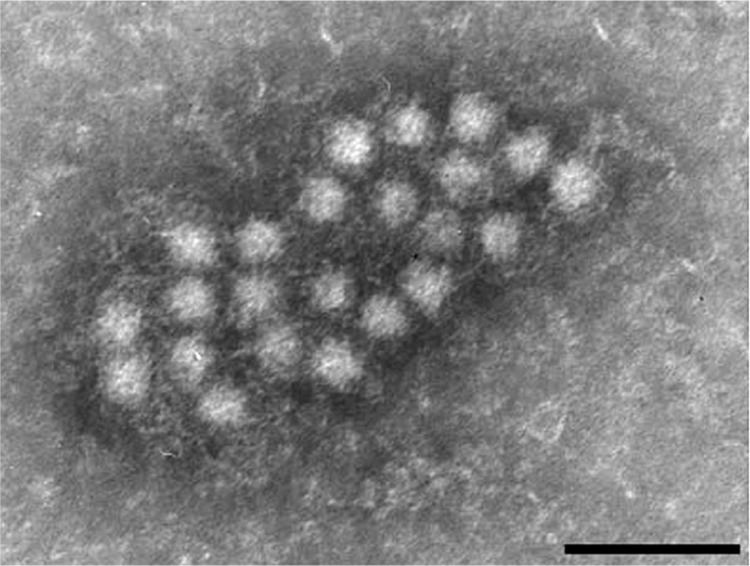Group Group II (ssDNA) Rank Family | Scientific name Anelloviridae | |
 | ||
Similar Transfusion transmitte, Microviridae, Corticovirus, Picobirnavirus, Chrysovirus | ||
Medical vocabulary what does anelloviridae mean
The Anelloviridae are a recently discovered family of viruses . They are classified as a vertebrate viruses and have a non-enveloped capsid, which is round with isometric, icosahedral symmetry and has a triangulation number of 3.
Contents
The type species is torque teno virus (genus Alphatorquevirus).
Etymology-"Anello" is Italian for ring, which refers to the circular genome of anelloviridae.
Genome
The genome is not segmented and contains a single molecule of circular, negative-sense, single-stranded DNA. The complete genome is 3000–4000 nucleotides long. The genome has ORFs and a high degree of genetic diversity.
Although the mechanism of replication has not been studied heavily, anelloviridae appears to use the rolling circle mechanism. It requires a host polymerase for replication to occur but the genome itself does not encode for a viral polymerase and, as a result, anelloviridae must replicate inside the cell's nucleus.
Clinical
Anellovirus species are highly prevalent and genetically diverse. They cause chronic human viral infections that have not yet been associated with disease. At least 200 different species are present in humans and animals.
Three genera are associated with human infections: Torque teno virus (TTV), Torque teno midi virus (TTMDV) and Torque teno mini virus (TTMV).
